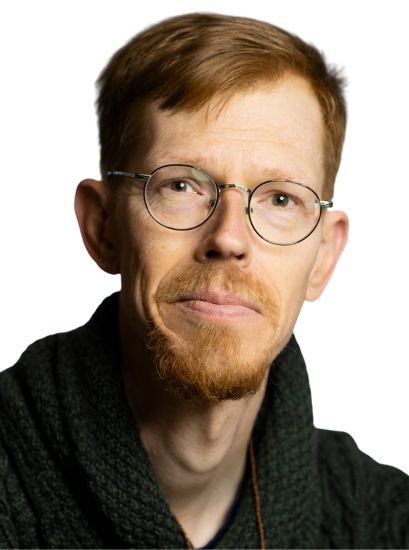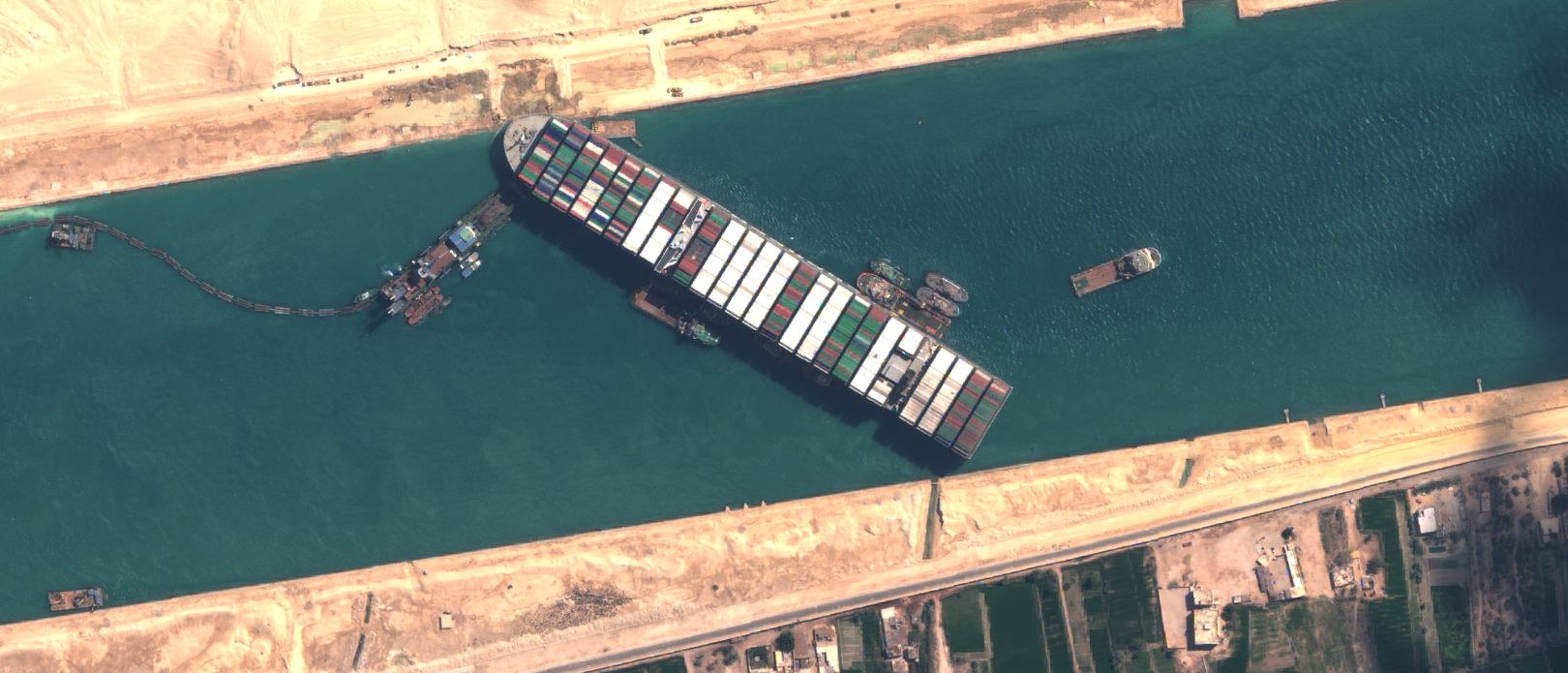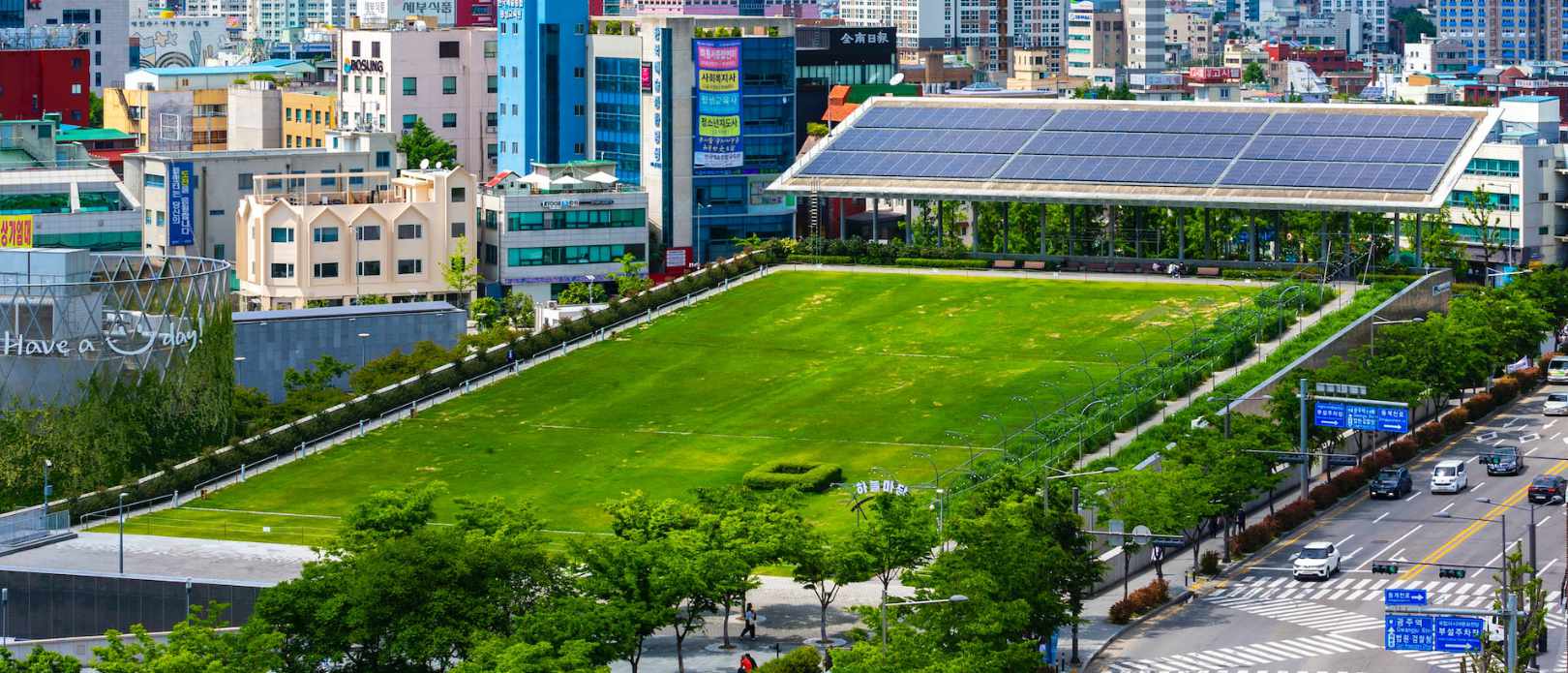Erik
Andersson
PhD
Professor, principal researcher
+46 8-16 20 00 (university switchboard)
Twitter-link
RSS-link

- Urban studies
- Natural resources management
- Systems and landscape ecology
- Geography (landscape governance and biodiversity conservation)
- Ecosystem services
- Knowledge cocreation and participatory transdisciplinary research
- Interdisciplinary practice
Erik Andersson’s research focuses on understanding and promoting sustainable use and governance of different landscapes and the many functions they may carry
Andersson is an active and independent scientist with more than 65 publications in scientific journals, 5 book chapters and multiple technical reports and popular science items. He has attracted over 50 million SEK in research funding as principal investigator since 2010 and collaborate with a wide international network of scientists and organisations.
Andersson is active in the Stockholm Resilience Centre themes Stewardship and transformative futures and Anthropocene dynamics, and is also leading the Stockholm Resilience Centre urban research and various non-academic collaborations. In addition to tutoring and supervising students (1st to 3rd level) and postdocs, Andersson has led and mentored inter- and transdisciplinary teams, nationally and internationally.
Andersson served as the associate editor in chief for the journal Ambio 2020-2021, and is active as associate editor for the journals Sustainability Science, Ambio and npj Urban Sustainability. Andersson was appointed principal researcher at Stockholm Resilience Centre in 2020, and moved to a split position Stockholm University/University of Helsinki in 2022.
Core to Andersson’s research has always been natural resources management, with a focus on understanding and promoting sustainable use and governance of different landscapes and the many functions they may carry, from biodiversity support to more anthropogenic ‘services’. Andersson has experience in systems and landscape ecology, geography, urban studies, landscape governance, participatory transdisciplinary research, review and interdisciplinary synthesis work, among other things.
Andersson has spent the last 15 years successfully creating environments, outside Stockholm Resilience Centre as well as within, that ‘normalize’ transdisciplinary sustainability science and collaborative cultures that invite critical thinking, knowledge integration and action.
Collaboration and engagement is usually an integrated, many-facetted component in Andersson’s projects, which tend to focus on applied research, to ensure that the research framing resonates with potential users of the knowledge we produce.
Andersson works together with non-academic actors like urban planners, real estate owners and housing associations, local communities and the business sector to develop policy recommendations and guidance. This is achieved through a flexible mix of meetings either hosted by Andersson and his lab or by them joining meetings, conferences and other activities arranged by their partners. In practice, this means that Andersson has many different roles and work across multiple processes in addition to my research.
Andersson serves as an expert in different reference groups, or sometimes more actively as an expert consultant. Andersson works as a board member, tutor, panellist and sometimes, as a secondary outcome from the meetings and dialogues he organises, facilitator and contact broker.
Awards and achievements
- ESA Sustainability Science Award 2023
- BiodivERsA Prize for Excellence and Impact 2021
- BiodivERsA Prize for Excellence and Impact 2019
- Nominated teacher of the year, Stockholm University 2021
- Extraordinary Professor with North-West University, South Africa
Supervision
PhD | Main supervisor | |
PhD | Co-supervisor | |
PhD | Co-supervisor | |
MSc | Main supervisor |
Key publications
Andersson, E., S. Borgström, D. Haase, J. Langemeyer, M. Wolff, and T. McPhearson. 2021. Urban resilience thinking in practice: ensuring flows of benefit from green and blue infrastructure. Ecology and Society 26(4):39.
Andersson, E., D. Haase, P. Anderson, C. Cortinovis, J. Goodness, D. Kendal, A. Lausch, T. McPhearson, D. Sikorska, and T. Wellmann. 2021. What are the traits of a social-ecological system: Towards a framework in support of urban sustainability. npj Urban Sustainability 1(1):14.
Andersson, E., J. Langemeyer, S. Borgström, T. McPhearson, D. Haase, J. Kronenberg, D. N. Barton, M. Davis, S. Naumann, L. Röschel, and F. Baró. 2019. Enabling Green and Blue Infrastructure to Improve Contributions to Human Well-Being and Equity in Urban Systems. BioScience 69(7):566–574.
Andersson, E., J. Enqvist, and M. Tengö. 2017. Stewardship in urban landscapes. Pages 222–238 in C. Bieling and T. Plieninger, editors. The Science and Practice of Landscape Stewardship. Cambridge Univ. Press, Cambridge, Cambridge.
Andersson, E., S. Barthel, S. Borgström, J. Colding, T. Elmqvist, C. Folke, A. Gren, and Å. Gren. 2014. Reconnecting cities to the biosphere: stewardship of green infrastructure and urban ecosystem services. AMBIO 43(4):445–453.
.jpg)



